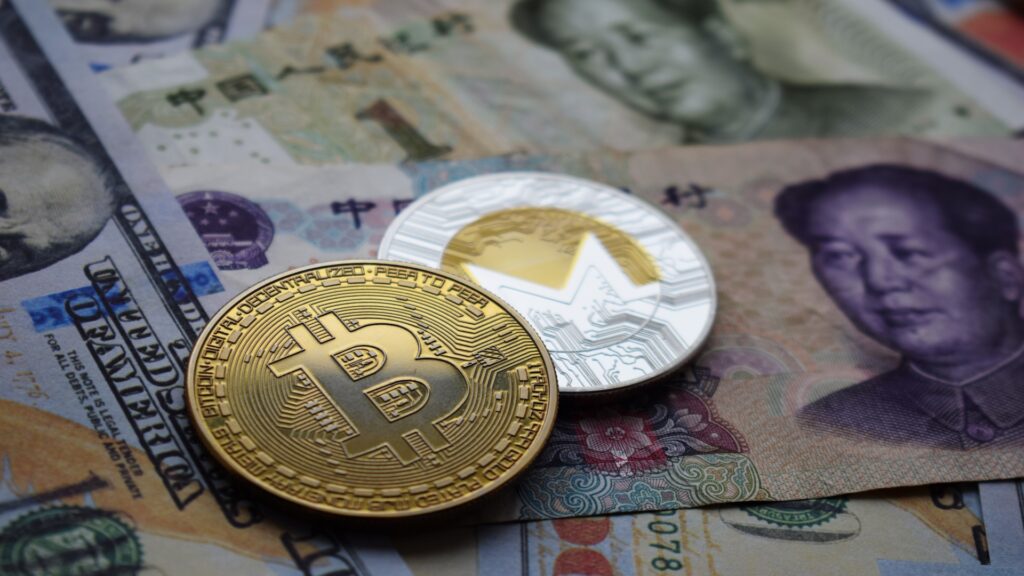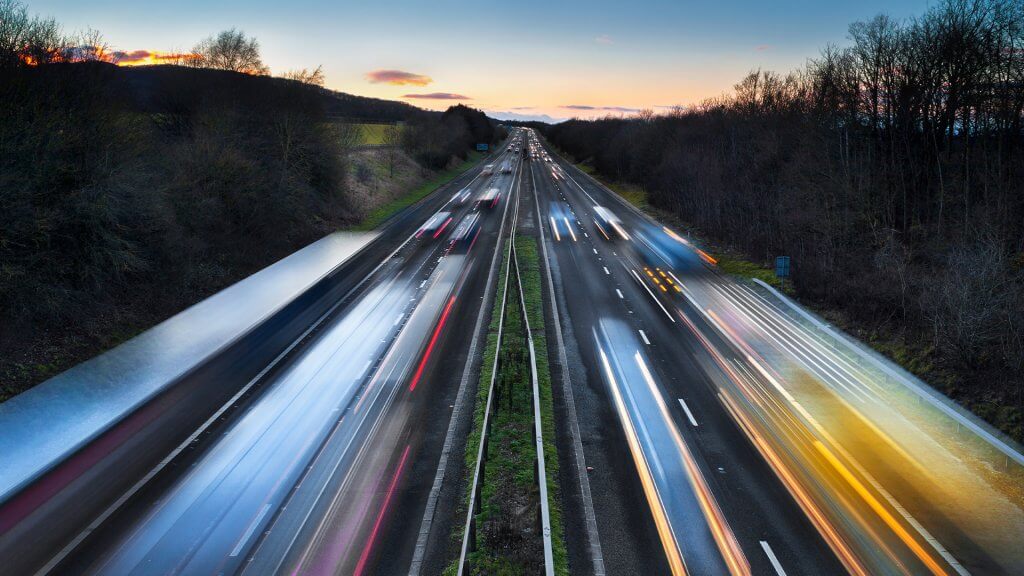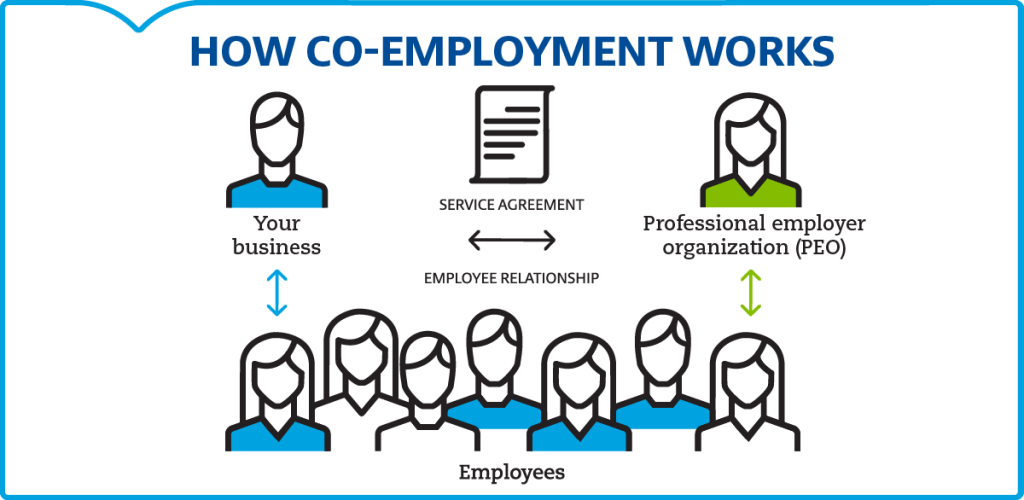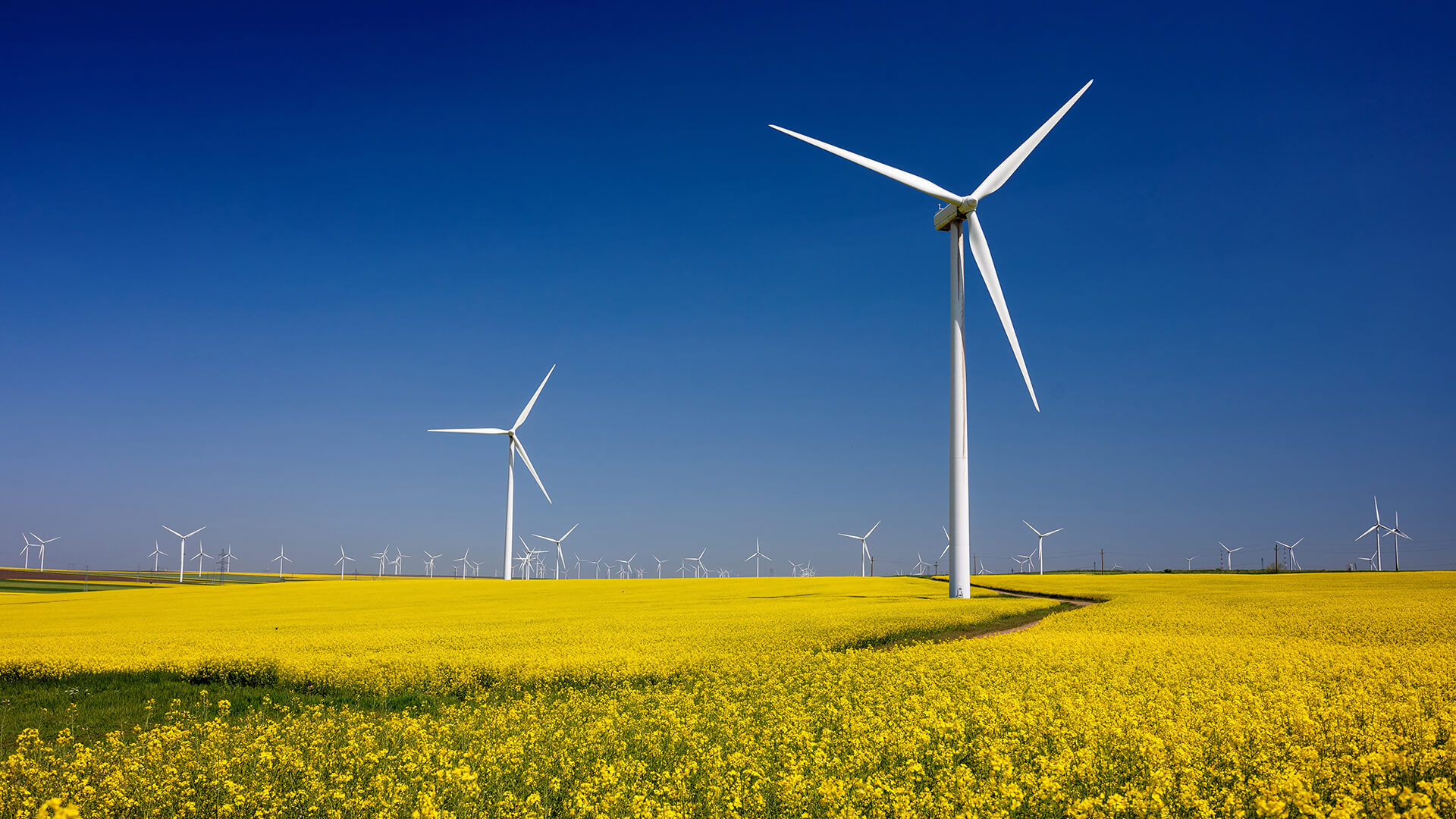
The energy sector accounts for 3.5% of the country’s GDP, but a robust energy sector is crucial for other reasons as well – especially in SEE, which is still relatively poorly interconnected with the rest of the continent and where the only source of import for natural gas is Russia. Indeed, compared to its neighbors, Romania has a remarkably diverse and well-balanced energy mix, which confers it a sound level of energy security.
Romania’s energy status in the region is also an embodiment of its long and rich history, especially in the oil & gas sector. The oil industry is more than 150 years old in Romania, while natural gas has been extracted and used for more than a century.
This has created a proud tradition, as well as a quite extensive infrastructure. Oil & gas production peaked in the 1970s, under the socialist system. Those levels were, however, the result of unsustainable extraction, in a centrally planned economy. Indeed, after 1990, the hydrocarbons production declined significantly. At present, Romania imports about 65% of its crude oil, and 10% of natural gas. This, nonetheless, places it among the least energy dependent states in the EU.
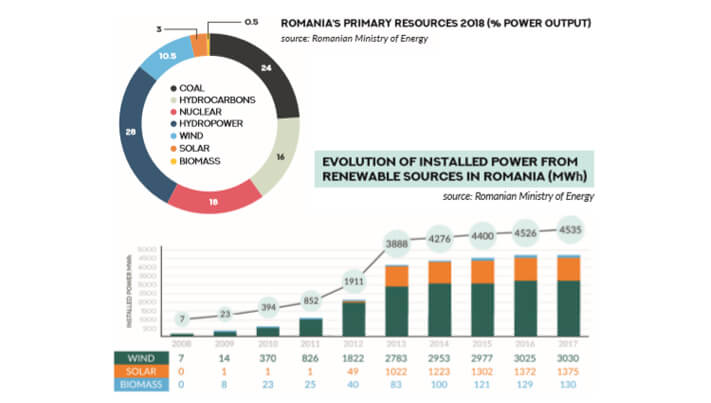
As a member state of the European Union (EU), Romania plays by the EU objectives and rules on energy and climate. These are, at present, collectively, the toughest mix of energyclimate policy of the world.
By 2030, member states are expected to achieve an overall reduction of greenhouse gas emissions by 40% as compared to 1990; a 32% weight of the renewable energy sources (RES) in the total final energy consumption; and a 32.5% increase of energy efficiency compared to 2005.
Romania still relies to a large extent on fossil fuels, as do all the other East European countries. As such the ”clean energy transition” towards reaching the 2030 targets and, further on, towards virtually complete decarbonization by 2050 requires an ample and costly transformation. This calls for rapid adoption of new technologies, but also of new mindsets.
Not unlike other EU member states, Romania is still struggling to reach a workable level of
consistency in its clean energy transition. But for the process as such, one thing is clear: the only way is up, that is towards deeper integration in the EU’s energy market and its structures of energy governance.
Romania presently stands as one of the most exciting destinations in Central and Eastern Europe for energy. Read more in Romania’s Energy Industry Report 2019, an in-depth country analysis published by Investment Reports.







